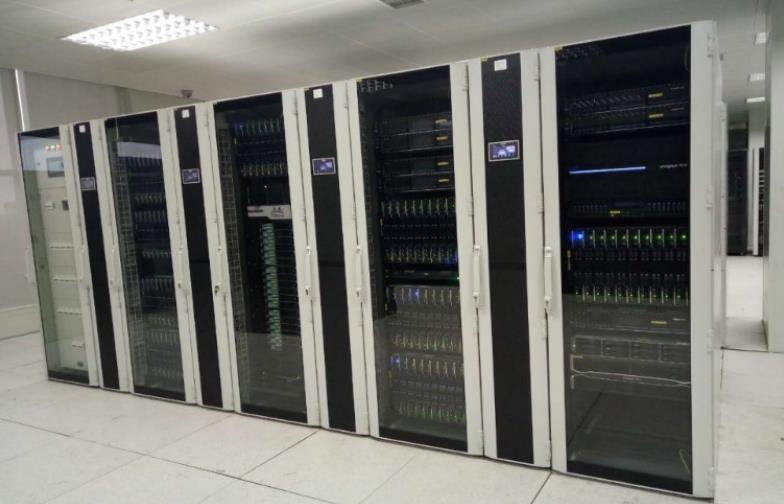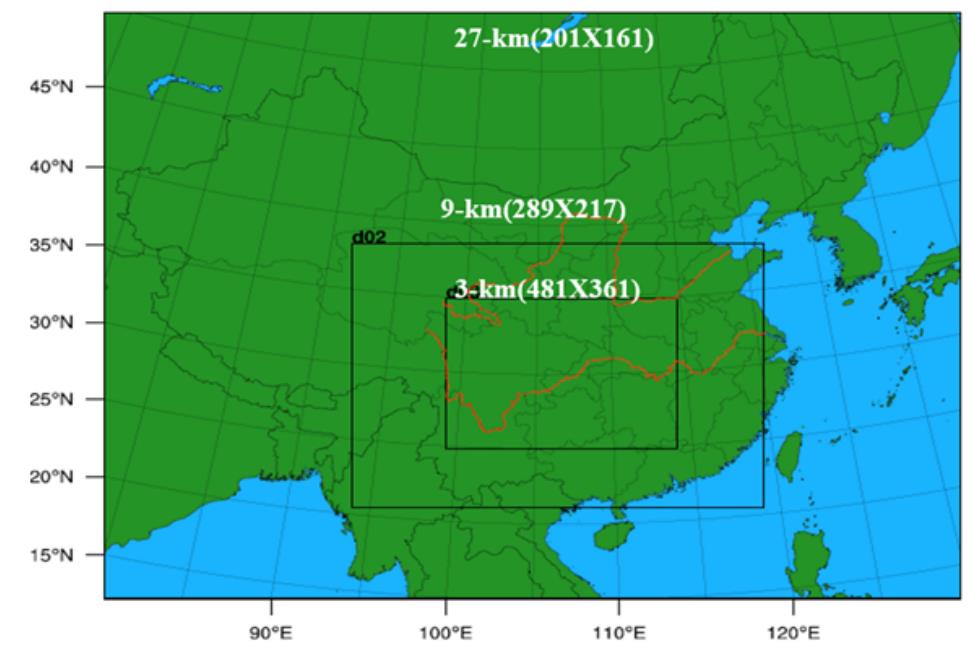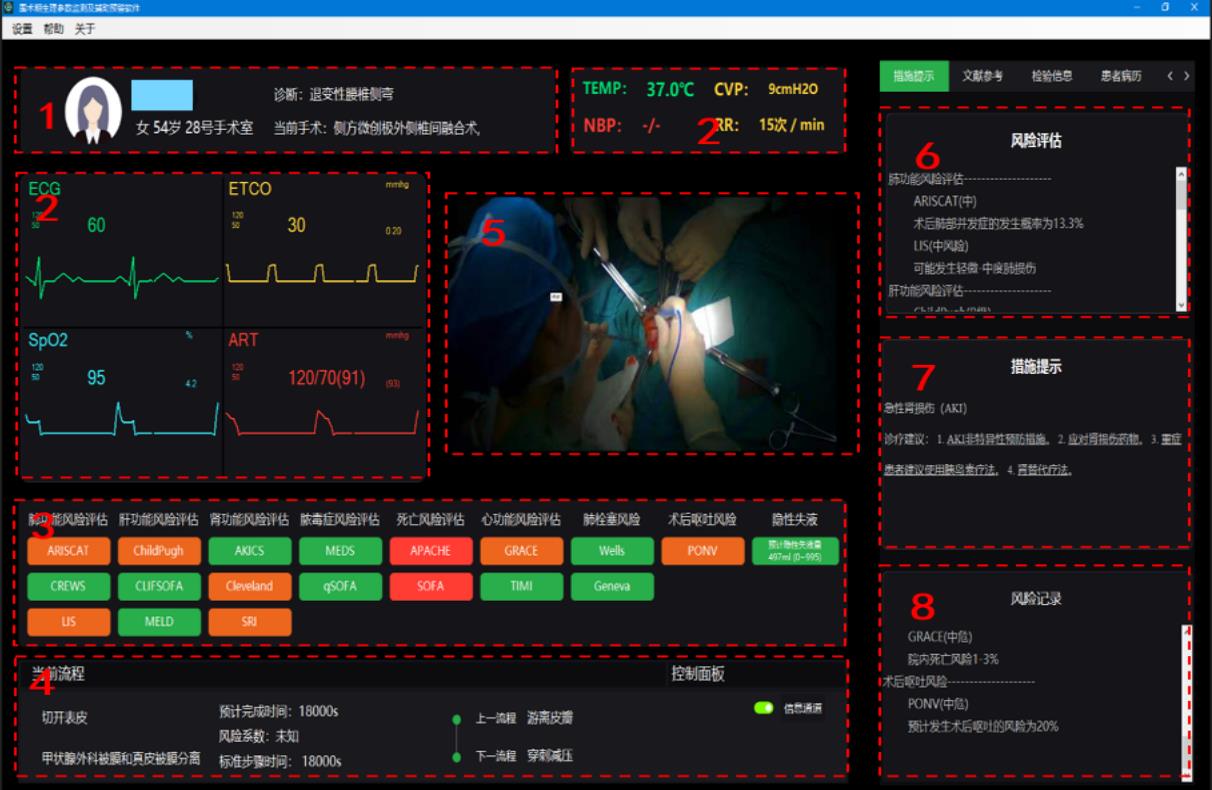

Research Center Orientation
The High Performance Computing Application Research Centre mainly focuses on the research and application of parallel computing, big data processing, cloud computing, artificial intelligence, data mining and other fields. Based on the core technologies in the field of information, such as artificial intelligence and big data, combined with the domain knowledge of atmospheric environment and clinical medical care, the center focuses on the research of cross-disciplinary integrated and innovative technologies, specializing in artificial intelligence diagnosis, treatment technology and intelligent prediction technology.
Research Direction
(1) Intelligent weather forecasting technology
(2) Artificial intelligence in diagnosis and treatment
Team
There are 20 team members, forming a multi-level, laddering talent team, including 2 full senior titles, 5 associate senior titles, 4 intermediate titles, and 9 other developers. 1 person of Chongqing Excellence, 2 people of Youth Promotion Committee, 2 people of Western Light focus, 1 person of Mathematical Society Committee of Mathematical Logic, 1 person of Computer Society (CCF) Formal Specialized Committee. Master's degree tutor qualification 6 people, 3 people at the same time with the Chongqing University of Posts and Telecommunications postgraduate tutor qualification.
Representative Research Achievement
To date, the center has applied for and obtained more than 20 national invention patents, published about 50 SCI/EI papers, and won more than 10 provincial and ministerial awards. Since its establishment in 2011, the center has participated in and carried out many national and provincial projects. In addition, the center has also provided a wealth of supercomputing and cloud computing application services for enterprises in various industries, and have established good cooperative relationships with government agencies, enterprises, and institutions such as the Chongqing Institute of Meteorological Science, Southwest Hospital affiliated with the Army Medical University, and the First Affiliated Hospital of Chongqing Medical University.
The built supercomputing server cluster has a floating point computing capacity of 400 trillion operations per second and a storage capacity of 2PB. In recent years, relying on the supercomputing platform, the Centre has achieved fruitful results by focusing on the Chongqing Municipal Meteorological Bureau's fine weather forecasting for Chongqing, and the application of artificial intelligence in industry and clinical medical care, carrying out research and transforming results in parallel computing, key technologies of large models, multimodal data fusion, and deep neural networks for specific applications.

Figure 1. Supercomputing Platform
(1)Achievements
Parallel computing optimization of the supercomputing platform for the weather forecasting business of Chongqing Meteorological Bureau.

Figure 3. Flow chart of the operation of the system forecast area and storm-scale ensemble forecast system
Development of clinical diagnosis and treatment decision support systems for the medical field.

Figure 4. Critical care event tracking, warning and decision support system with artificial intelligence
Conducting research on key technologies of brain-computer interface for clinical application needs

Figure 5. Brain-computer interface development platform
(2) Representative papers
1) Chen. YW., Xu, LQ., Yi, B. Early recognition of risk of critical adverse events based on deep neural decision gradient boosting. Front Public Health. 2023 Jan 26;10:1065707
2) Chen, Y., Zhong, K., Zhu, Y., Sun, Q. Two-stage hemoglobin prediction based on prior causality. Front Public Health. 2022 Nov 30;10:1079389.
3) Chen Y., Liu J. Polynomial dendritic neural networks[J]. Neural Computing and Applications, 2022.
4) Chen, YW., Li, YJ., Deng, P. et al. Learning to predict in-hospital mortality risk in the intensive care unit with attention-based temporal convolution network. BMC Anesthesiol. 2022 Apr 23;22(1):119.
5) Zhong, K., Chen, Y., Zhang, J. and Qin, X. Bayesian Network Structure Learning Approach Based on Searching Local Structure of Strongly Connected Components. in IEEE Access, vol. 10, pp. 67630-67638, 2022.
6) Yang, Y., Qin, X., Wen, H., Li, F., Lin, X (2023). Patient-specific approach using data fusion and adversarial training for epileptic seizure prediction. Front. Comput. Neurosci. 17: 1172987. doi: 10.3389/fncom.2023.1172987.
7) Yang, Y., Li, F., Qin, X., Wen, H., Lin, X., Huang, D (2023). Feature separation and adversarial training for the patient-independent detection of epileptic seizures. Front Comput Neurosci. 17: 1195334. doi: 10.3389/fncom.2023.1195334.
8) Yang, Y., Li, F., Luo, J., Qin, X., Huang, D (2023). Epileptic focus localization using transfer learning on multi-modal EEG. Front. Comput. Neurosci. 17:1294770. doi: 10.3389/fncom.2023.1294770.
9) Lin, Xiaoguang; Zhang, Ju; Zhang, Da. Topic Detection and Evolution for Biomedical Literature with BRTH Tree,BASIC & CLINICAL PHARMACOLOGY & TOXICOLOGY,2020,126(SS)19 19.
10) MingXuan Liu, JuZhang, XiaoGuang Lin. Design and implementation of medical process visualization CDSS oriented to NCCN guidelines. IACSIT.
Contact Us
Contact person: Li Yaqing
Contact information: 023-65935505